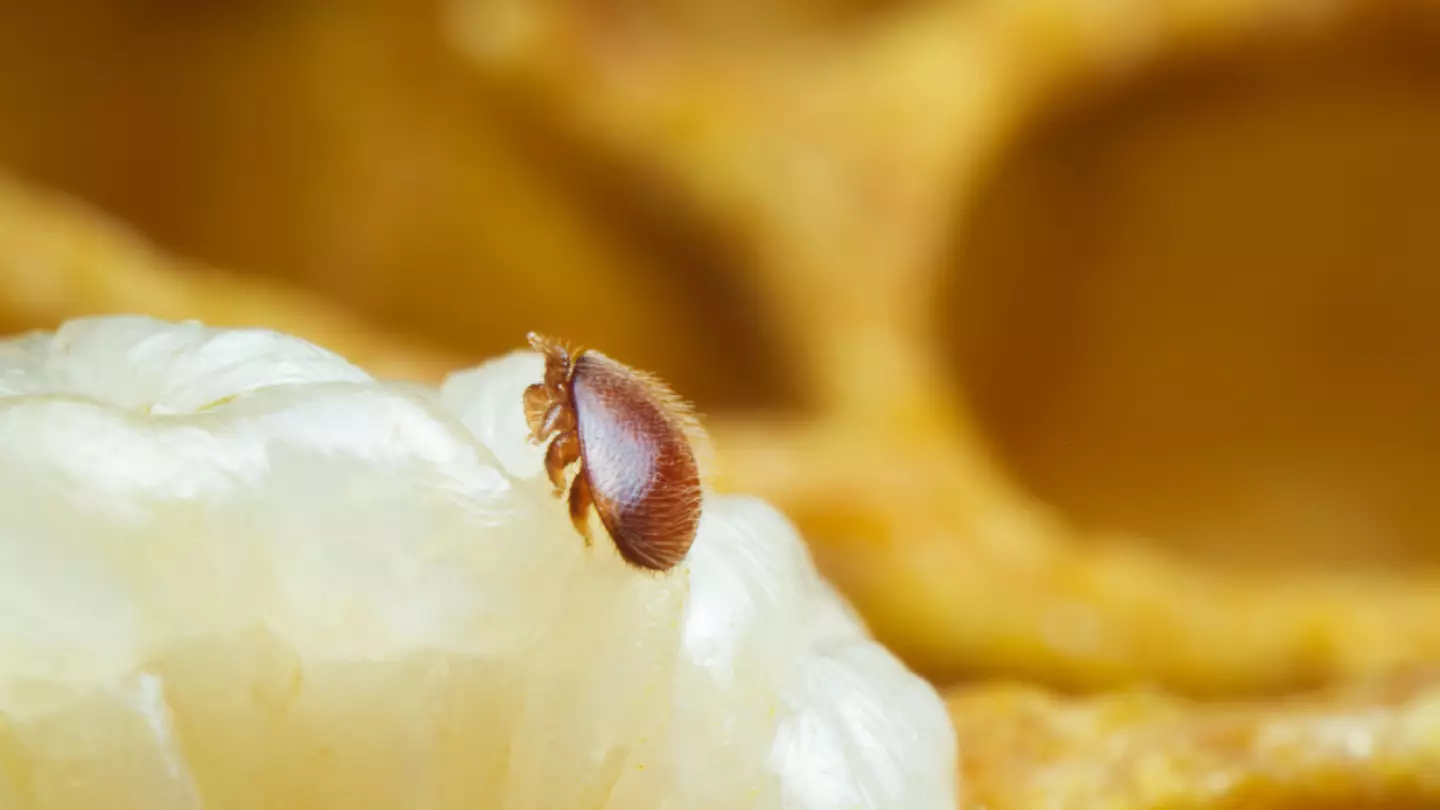
Varroa mites, also known as varroa destructors, have recently been found in two of the six surveillance beehives at the Port of Newcastle. These deadly reddish-brown parasites that feed on honeybees and have the capacity to transmit viruses. They can also disfigure the humble bee.
This is the first time the pest has been found in Australia, with the mite discovery triggering a bee lockdown in NSW. The government has now set up a 10 kilometre-wide eradication zone, 25km surveillance zone and an extended 50km biosecurity zone to stop the nasty parasites from multiplying and spreading to other bee colonies.
Advert
It is understood that 300 hives have been destroyed due to the mite infestation within the exclusion zone.
A further 120 more hives in NSW's Trangie region were destroyed due to the mite infestation.
What Threat Does The Varroa Mite Pose?
Advert
Varroa mites are not a threat to humans. They are a threat to honeybees though, which in turn impacts Australian farming and agriculture industries.
In the case of a mass outbreak and a significant loss of Australia's bee population, 35 agricultural industries may be impacted across NSW.
If the mite infestation goes unchecked it could decimate the entire bee population in NSW. The Australian honey industry is worth about $90 million per annum, and the loss of bees would therefore have a significant impact on honey and other produce industries.
Advert
The varroa mite only targets two species of honeybee, the Asian and the European honeybee. They do not impact Australia’s native bees. However, the introduction of a new species of mite to the Aussie ecosystem could result in new, previously unknown bug viruses that may impact the native bee population.
Despite the threat posed by the varroa mite, other countries have been managing their mite populations for years. The mites can be treated by synthetic or natural pesticides. Alternatively, hives can be heated to 40C, which is hot enough to kill the mites while protecting the honeybees.
If the mite spreads and kills off large portions of Australia's bee population, we may experience food shortages as bees play a vital role in pollination for crop production. According to University of Adelaide researcher Katja Hogendoorn, 'honeybees contribute around $14.2 billion annually to crop production through pollination'.
Advert
There are no alternatives if honeybee pollination fails at a large scale. Therefore, less food would mean higher grocery bills.
But for now, it’s hoped the infestation will be stopped before any major pollination periods get underway. So, the likelihood of a deadly outbreak? At this point, it’s too early to tell.